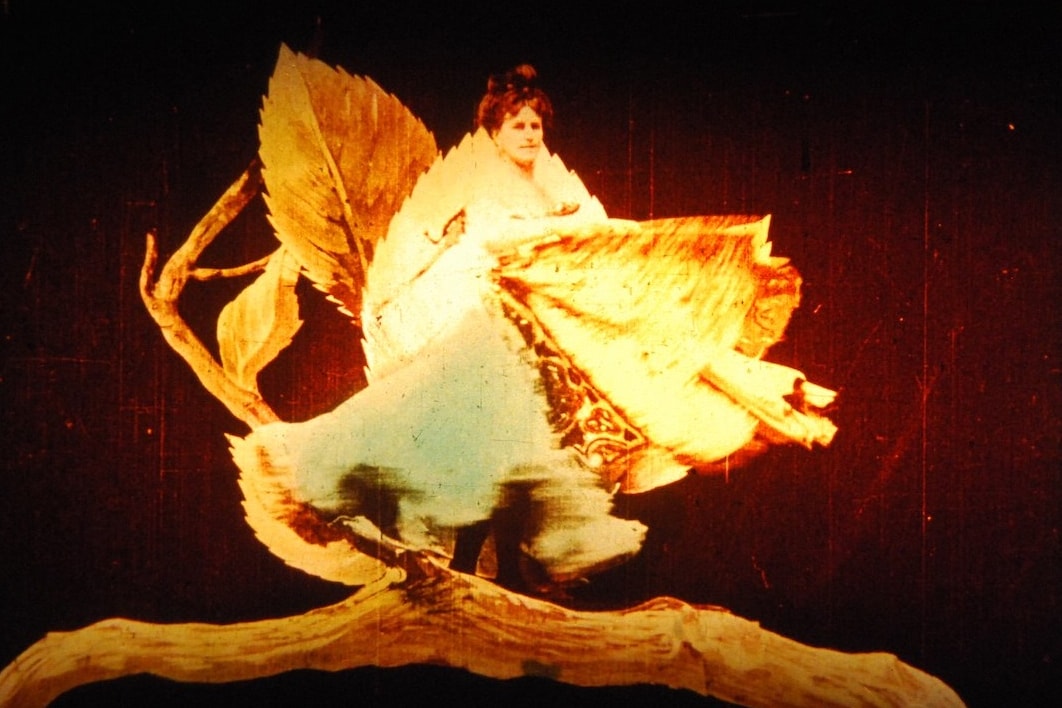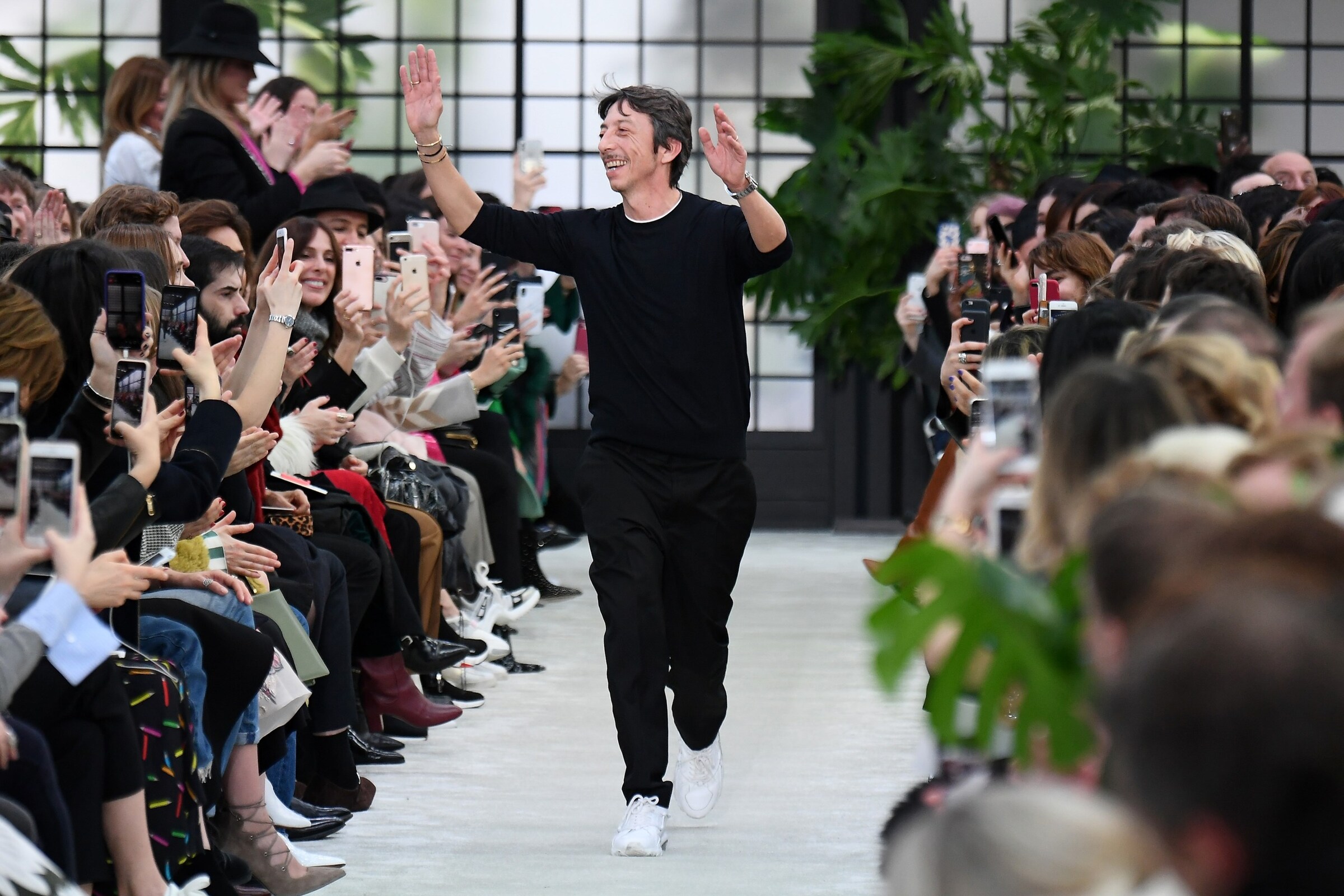Sifting around backstage at fashion shows can often be the bane of a photographer’s life – competing against the swarms of hustlers all out to shoot the insanity and send it off instantaneously to blogs and daily papers. New York based photographer
Sifting around backstage at fashion shows can often be the bane of a photographer’s life – competing against the swarms of hustlers all out to shoot the insanity and send it off instantaneously to blogs and daily papers. New York-based photographer and editor of cult publication Nomenus Quarterly Erik Madigan Heck takes another approach, preferring to wait in quiet expectation – capturing the unique moments behind the scenes that occur between models, crew and designer.
Having conducted a sweeping photo retrospective of Belgian designer Ann Demeulemeester’s menswear in 2008, Heck revisits her work for the men's autumn/winter 2011 show – this time in the analog medium of Super 8mm film. The product of this new collaboration became 2 Minutes Backstage with Ann Demeulemeester, a black and white silent art film scored by the poignant, ambient tones of German composer Marsen Jules, released exclusively on AnOther Current in collaboration with Nomenus Quarterly & the Belgian A MAGAZINE curated by. AnOther caught up with Heck to discuss working with Demeulemeester and his move from still to moving image.
How do you see this film as a progression and complement to your earlier work with Ann Demeulemeester?
This film was really about a specific moment – I was trying to express a calmness amongst the panic and craze of the backstage environment and just focus on the faces of the boys. I see it as an extension of the retrospective shoot, some of the boys were literally in my first shoot, and it was revisiting them on a more intimate level; more voyeuristic than before. It became more about the boys this time, and less about the clothing.
It seems Ann's clothes fade into the background, due to your intent focus on the model's faces. How does this align with the atemporal nature of her aesthetic?
I think Ann's clothing is so beautiful that it kind of disappears anyway on the person who is wearing it. I know she wants this to be the case, everything is so subtle with her design that its about fabric and the way it affects the person. I think Ann is more interested in people than making bold fashion statements.
Marsen Jules’s pulsing classical soundtrack coupled with your black and white film dramatically pacifies the urgency of the backstage environment. This is not the first of your backstage studies (notable examples being Haider Ackermann & Giambattista Valli); as such do you think of the backstage as poetic as the final show?
No, I don't think the backstage is as poetic as the show in general, but I think its very interesting to see the lead-up to the show, which is always so short. What I like about the backstage are the conversations that ensue and the general awkwardness of everyone waiting for this event to happen; watching how people pass their time, observing their interactions. It’s easy to capture poetic moments from these because they are inherently vulnerable.
Ann found inspiration in the works of William Blake for this collection, with swirling aquarel prints and snowdrops on deconstructed blazers, the boys crowned in halos of horsehair. Your film seems to add layer upon layer of stark pale faces against blackness. Do you feel it is somewhat of a harsh take on a vivid and textural collection?
The film was really a brief study on the people rather than the collection. I tried not to even show anything from the collection on film but when I edited the film, splicing the film together and layering it, I definitely kept her prints and ideas from the collection in mind. Especially the hair – when I first arrived Ann was really excited to show me the horsehair that they wove into their actual hair. It was an aspect she was really proud of and I made it a visual focus, showing the heads.
Do you feel that two minutes captures the essence of your experience behind the scenes of Demeulemeester's world?
No, not entirely. There were a lot of conversations that took place when filming with the boys that I wish were recorded. One of the models was a bricklayer who was telling me about his bricklaying business in North England, and how proud he was of his job, and the work that went into it. It was really nice to be sitting back there with a bunch of guys, some that I knew from previous shoots and others that I didn’t, all asking me about the Super 8mm camera, and kind of just talking about their lives. I wanted to extract the silence between the conversations but still make it seem like the fleeting experience that it was.
Text by Dan Thawley



